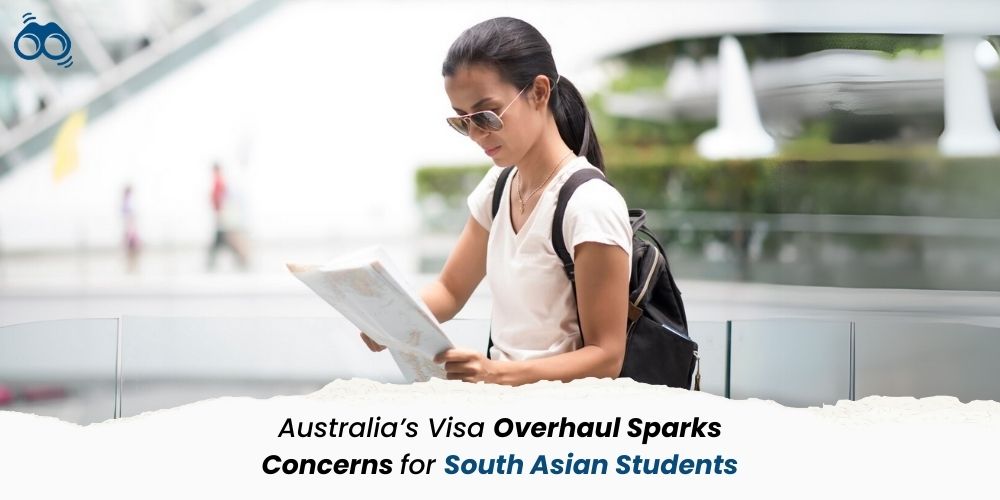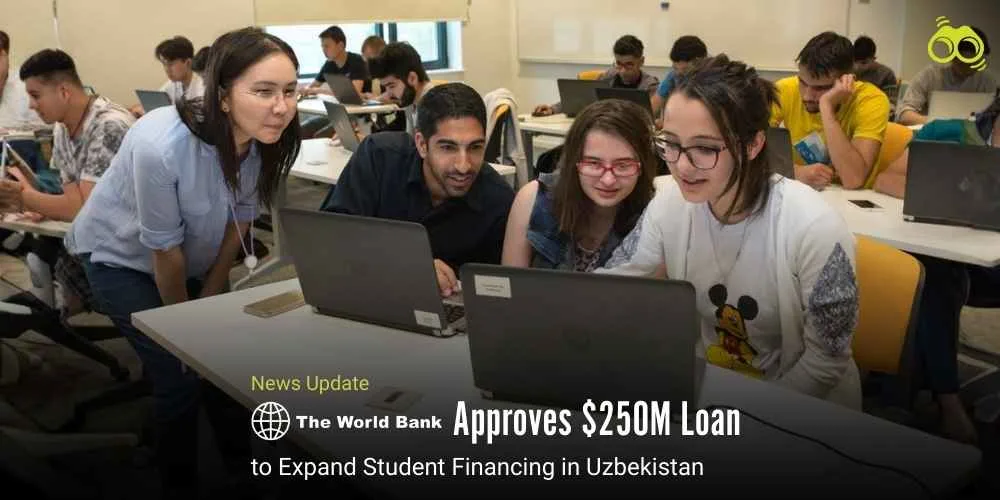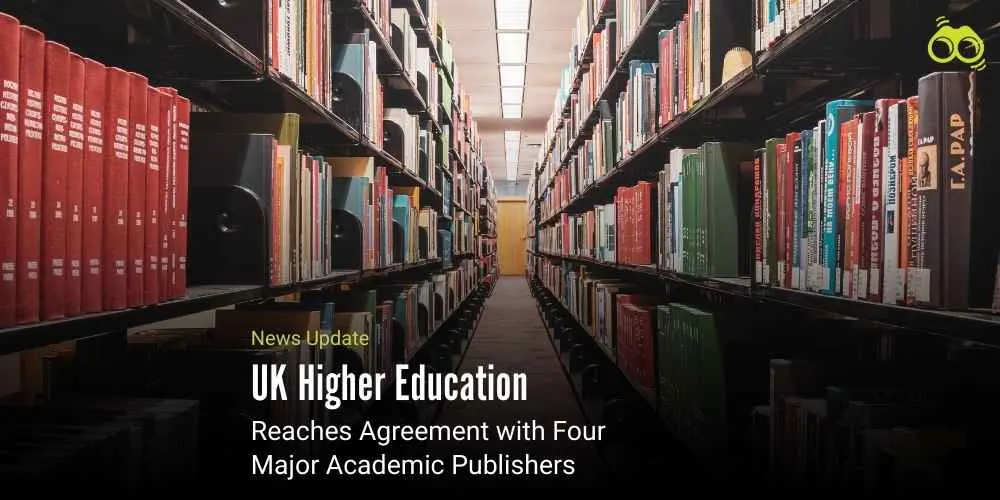Visa Uncertainty Fuels Frustration Among International Students
Australia’s Migration Policy Shift Threatens Global Education Reputation
The recent shifts in Australia's student visa regulations, enacted under the Albanese government, represent a significant development in the realm of global education mobility. These changes, implemented in response to record-high migration numbers, have triggered extensive discussions, particularly due to their pronounced effects on South Asian students. In this context, Indian applicants have encountered notable challenges with visa approval rates, raising concerns about transparency and potential bias. Consequently, stakeholders are now assessing the broader implications for the historically strong educational ties between India and Australia, which are integral to international academic collaboration. Australia's recent policy shift is fundamentally aimed at halving net migration by 2025. This move has been driven by pressing domestic concerns, such as housing shortages, infrastructure strain, and job market pressures. As part of these efforts, the government has intensified scrutiny of the international education sector, which has traditionally been recognised for its economic and diplomatic value.
Since March 2024, Australia has introduced stricter visa regulations, including elevated English language requirements, more stringent eligibility criteria, and tighter oversight of education agents. While these measures are intended to prevent visa misuse, critics have argued that they have inadvertently created uncertainty and conveyed an exclusionary stance. For instance, the new rules have particularly affected Indian students, resulting in a reported 48% decline in visa approvals between December 2022 and December 2023. Although this is presented as uniform scrutiny, the data suggests disproportionately high rejection rates for Indian applicants. Moreover, students from other South Asian countries have also been impacted. Visa approval rates have declined by 53% for Nepalese and 55% for Pakistani applicants. By March, one in five Indian student visas were reportedly rejected, with numerous applications delayed. These developments have fueled frustration and uncertainty among students, further intensifying the debate.
In response to the tightened visa policies, universities across Australia have begun adjusting their enrolment strategies, anticipating stricter oversight from immigration authorities. Several institutions have revisited their admissions procedures, with some introducing restrictive measures. For instance, Central Queensland University has reportedly ceased accepting Indian and Nepalese students for English courses and has prohibited enrolments from married applicants and those over the age of 25, except for research programs. These measures have been criticised as arbitrary and potentially discriminatory. These institutional responses are believed to be influenced by the government’s risk rating system, which categorises universities based on their likelihood of enrolling "non-genuine" students. Universities classified as Level 1 enjoy efficient visa processing, whereas those in Levels 2 and 3 experience delays. By May, nine universities were downgraded to Level 2 and two to Level 3, consequently limiting opportunities for students from higher-risk countries.
The evolving visa landscape in Australia has led to growing disillusionment among international students and education facilitators. Many have opted to defer admissions or withdraw applications due to unpredictable visa outcomes and unclear compliance regulations. Additionally, the visa reforms are believed to be straining diplomatic relations between Australia and India, potentially overshadowing their growing partnerships in defence and trade. This situation jeopardises the educational relationship, which has long been a cornerstone of soft diplomacy. Although the reforms are driven by legitimate immigration and labour market concerns, critics argue that their uneven implementation appears exclusionary, potentially alienating genuine applicants. This could send negative signals to countries such as India and, if unresolved, harm Australia’s reputation as a premier global education destination. Ultimately, these developments risk undermining the country's international appeal and key strategic relationships.
Editor's Note
The recent changes to Australia’s student visa regulations, introduced by the Albanese government, have sparked significant concerns among international students, particularly those from South Asia. While these reforms are aimed at addressing domestic issues such as housing and job market pressures, their impact on student visa approvals—especially for Indian, Nepalese, and Pakistani applicants—has been stark. The introduction of stricter English language requirements, eligibility criteria, and oversight of education agents has led to a decline in visa approvals and created uncertainty among prospective students, raising questions about fairness and transparency in the process. These developments have also begun to affect Australia’s diplomatic ties, particularly with India, which has long valued its educational relationship with Australia. The tightening of visa policies may undermine Australia’s standing as a top destination for international students, potentially straining both educational collaboration and broader strategic partnerships.
Skoobuzz highlights that policymakers must address the concerns of students and education stakeholders to ensure that Australia remains an attractive and accessible hub for global education.














0 Comments (Please Login To Continue)